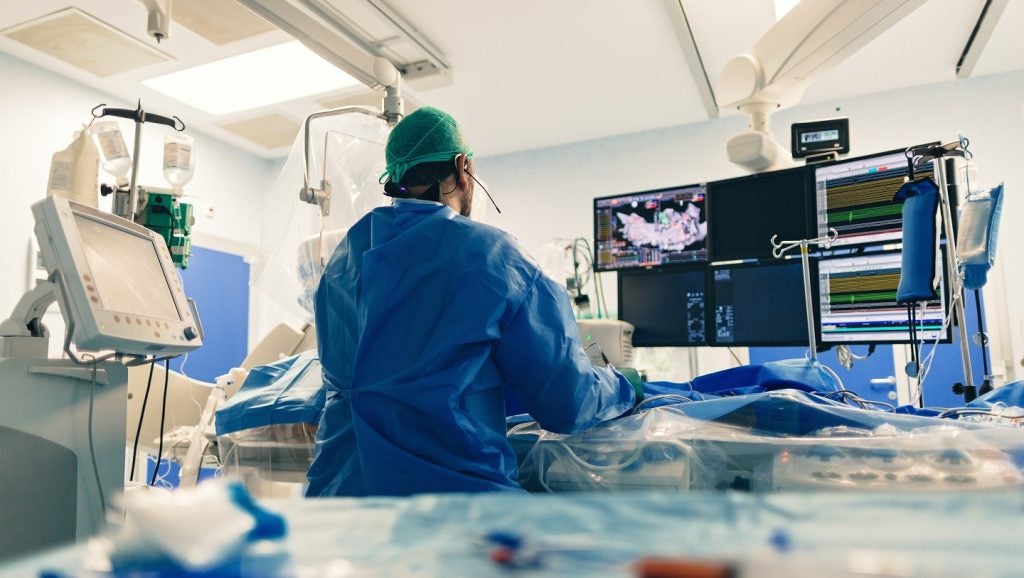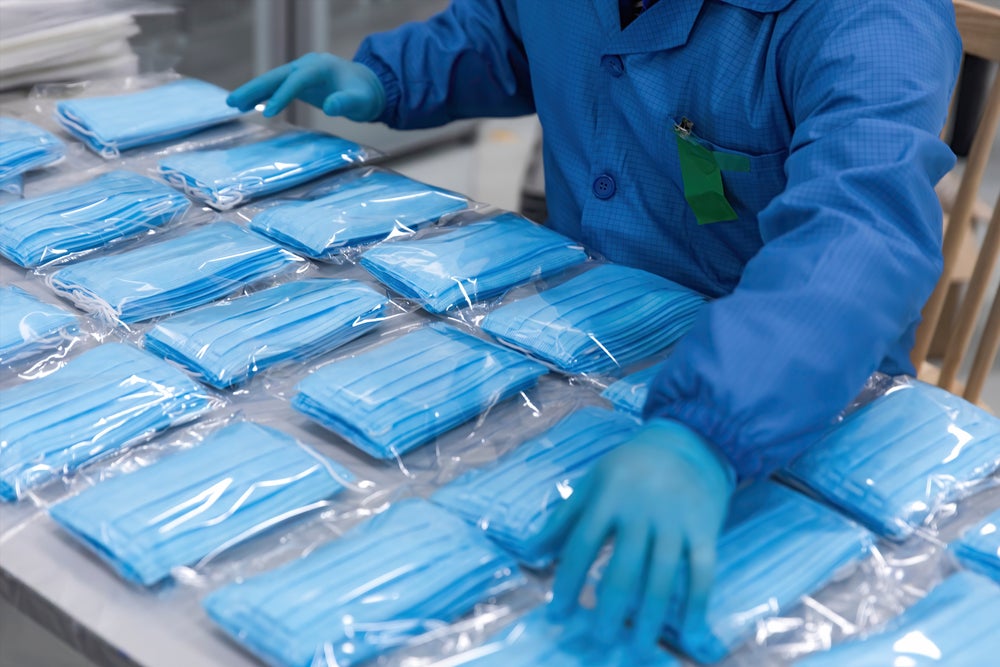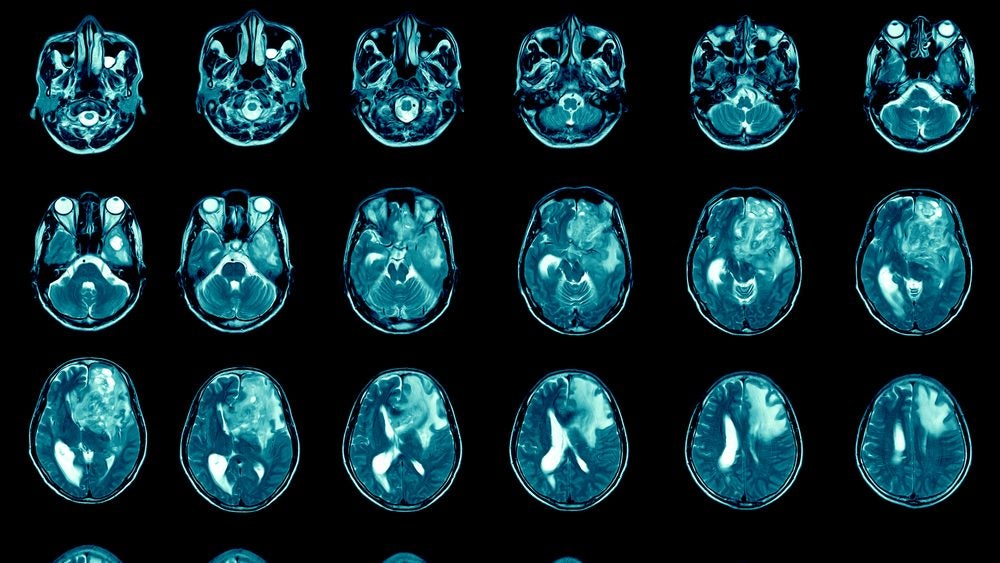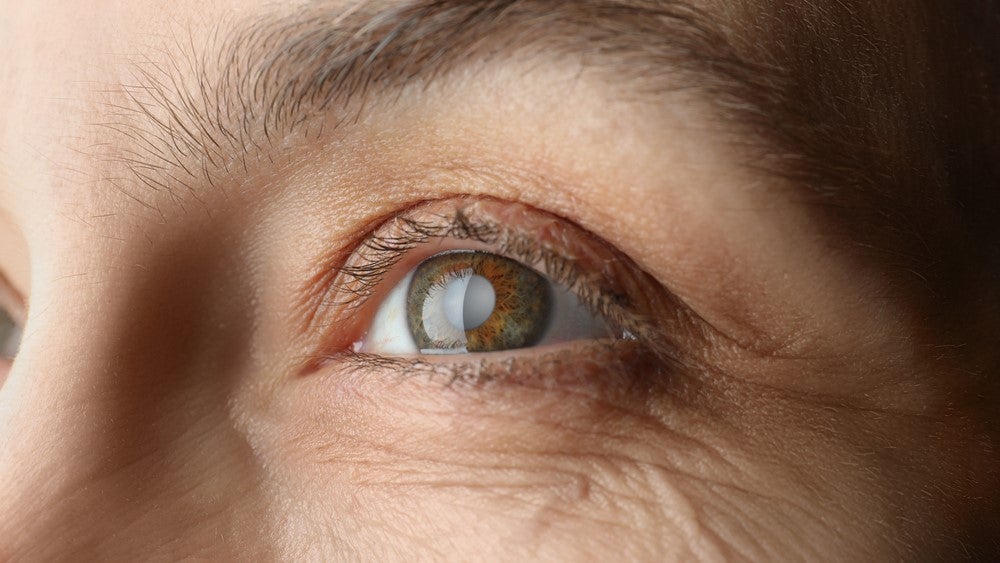
Over the past months it has become clear that the US is suffering from a car crash economy. Share prices are down, confidence is shot and some of the world’s biggest businesses have gone to or are heading towards the wall at a vast rate of knots.
However, among the wreckage are several green shoots of recovery, one of which is the medical devices industry.
In September 2008, as Lehman Brothers was filing for bankruptcy and Merrill Lynch was being taken over by Bank of America, leading healthcare conglomerates Baxter International Inc and Abbott, who make vast sums from medical devices, were listed on the Dow Jones sustainability world index, putting them in the top 10% of the world’s largest 2,500 companies.
US firms dominate the $336bn medical devices industry. The 6,000 medical device companies in the US earned $180bn between them in 2007. According to figures published by trade publication MX, 16 of them are among the top 25 in the world by revenue.
“Compared to general industry the US medical devices sector is flourishing,” says John Babitt, senior manager of transaction advisory services at Ernst & Young (E&Y). “If you look at the publicly traded indices, medtech is down by about 3% over the last 12 months, whereas most industries are down by 20–25%. It’s pretty robust.”
See Also:
So how is the medical device industry surviving while so much of the rest of the US economy is going under? Even more importantly, what challenges does the market need to overcome in order to prop up the growth curve?
How well do you really know your competitors?
Access the most comprehensive Company Profiles on the market, powered by GlobalData. Save hours of research. Gain competitive edge.

Thank you!
Your download email will arrive shortly
Not ready to buy yet? Download a free sample
We are confident about the unique quality of our Company Profiles. However, we want you to make the most beneficial decision for your business, so we offer a free sample that you can download by submitting the below form
By GlobalDataSupply and demand fundamentals
Growth in the US medical devices industry is being driven by the demands of an ageing population. Healthcare spending in the US will almost double over the next decade, hitting $4t by 2017, as the baby-boom generation throws money at the problems of old age, according to The Wall Street Journal.
“The US population is ageing dramatically as the baby boomer generation hits retirement,” says Venkat Rajan, industry manager for Frost & Sullivan’s medical devices team. “These are people who are looking forward to retirement so they can spend time on holiday or visiting their grandkids. They have put money aside for it and they are willing to spend it on anything that enables them to have a better quality of life.”
The US medical devices industry will also benefit from the opening of new markets in less well-developed countries, according to E&Y’s Babitt.
“Demand from the global market will drive growth in this sector,” he says. “As access to healthcare in less well-developed countries increases, that will open up more opportunities, especially for technology that is under $1,000 such as disposables and womb care.”
Pushing innovation
On the supply side, the US medical devices market is driven by innovation. Johnson & Johnson, the biggest US earner in this sector over 2007 with revenue of $21.7bn, highlighted the importance of innovation in June 2008. It has stated that its personalised sedation system SEDASYS is particularly important to the company’s future growth strategy.
“Our vision, ‘bringing science to the art of healthy living’, reflects the essence of how we create value and drive innovation,” says Colleen Goggins, worldwide chairman of Johnson & Johnson’s consumer group. “Every development effort we undertake is a collaboration between our research and development teams, our consumer insight experts and marketing teams. The result is that an increasing number of our new products across our franchises are protected by meaningful, clinical-trials-backed intellectual property, and are professionally endorsed.”
Johnson & Johnson are not alone in pushing the envelope of medical device technology. The Advanced Medical Technology Association [AdvaMed] reports an 80% increase in patents for breakthrough medical technologies over the past decade.
“The continuing drive for innovation is serving medical technology companies well despite an unstable stock market and a global tightening of credit,” says Stephen J Ubl, president and CEO of AdvaMed. “That is good news for the sector but more importantly, it is good news for patients who rely on the innovative technologies AdvaMed members develop.”
Getting funding
Ideas are fantastic but they don’t tend to get anywhere without money. According to a report issued by E&Y in September 2008, US medical device companies raised $10.7bn in 2007, up 2% from 2006 and a whopping 165% from 2005.
However, more recently intellectual property funding, which was strong in 2007, has dropped off as the public markets have felt the sting of the credit crunch.
Countering this is investment from venture capitalists who plugged in $3.7bn in 2007, up 37% on the previous record set in 2006.
“This surge in venture funding was fuelled not only by the demands of an ageing population and favourable business models, but also by the recent track record of venture capitalists that have generated handsome returns from portfolio companies that either went public or were acquired by bigger players,” the report states.
“A solid IPO and M&A market gave venture investors the encouragement to invest larger sums of capital in emerging medtech companies in 2007, taking the average deal size to $14.6m, an impressive 64% increase over the average amounts raised in 2004.”
This kind of investment is essential in driving the medical device industry forward, helping new companies to start up and existing ones to invest in R&D.
“Venture capitalist funding is important as it facilitates the genesis of new technologies,” says Rajan. “Considering the fact that some start-ups end up failing and return on investment can take eight to ten years to come through, the support from venture capitalists in this market is impressive and allows medical device companies to grow.”
Sector convergence
The US medical device industry has benefited from convergence between sub-sectors like diagnostic and imaging companies. One example of this is Siemens‘ acquisition of diagnostic firm Dade-Behring. There has also been greater collaboration with the pharmaceutical industry. So-called ‘combo products’, such as drug-eluting stents that embed medical devices in pharmaceutical or biologic components, are expected to be worth $10bn by 2009.
“Drug-eluting stents have solved a major clinical need,” says Frost & Sullivan’s Rajan. “Normal stents might cost $700 but drug-eluting stents cost around $1,500, so they’ve allowed manufacturers the chance to double their revenue.
“Mergers and acquisitions are important because the cost of getting medical devices to market is high, especially for small companies. Often firms start up expecting to get bought out by a larger company if they do well. Very few have the resources to start a product, commercialise it and take it all the way through.”
Babitt agrees that the natural food chain often takes the form of larger companies going on the acquisition trail. “The medical devices industry traditionally has small entry type companies who develop new therapies and technology before being acquired by larger players,” he says. “Medtech is built on the auspices of dual-track exit criteria. M&As are critical to the way it works.”
New players
The final major factor in the growth of the US medical devices industry is the emergence of private equity (PE). In 1995 there were only 14 PE funds with medtech holdings is excess of $1bn. Now there are over 130 and in 2007 PE funds raised nearly $300bn in equity.
“PE is serving an important aspect in growing the medical devices industry,” says Babitt. “PE companies tend to invest in undernourished assets and give them the opportunity to build and grow.”
He adds: “We did a survey recently in which 17% of PE firms identified healthcare as the number one sector to perform over the foreseeable future. OK, so healthcare is slightly broader than just medical devices but these guys know what they’re doing and they predicted it to be better than mining, utilities, everything. That’s quite a statement.”
Bumps in the road
One of the greatest threats to the growth of the US medical devices industry could come from the US FDA. Handed a swathe of new powers in 2007, the FDA has the potential to interfere in matters from direct-to-consumer advertising to post-approval surveillance of class II and class III devices, all of which could slow things down and decrease the amount of new ideas coming to market.
“Timelines have escalated over the past few years because the FDA sometimes changes the rules on things,” says Babitt. “They have a need to regulate devices to protect the public and sometimes that can be frustrating. The other agency that will have just as much bearing on the growth of this sector is the Centres for Medicare and Medicaid Services [CMS], who regulate reimbursements.
“You will see companies adopting a strategy for dealing with the CMS from an early stage in development: without reimbursement being bullet proof, people can’t get paid. You can have the greatest invention in the world but if people can’t get paid, no one will use it.”
However, Rajan thinks the presence of the FDA will prove to be an asset to the US medical device industry in the long haul.
“The FDA monitors things to make sure they are safe,” he says. “That means only the best products reach the market. If the FDA wasn’t there, recalls and loss of consumer confidence in the market would be a bigger problem. For that reason, I think that long term the FDA will help the market grow.”
What of our old friend the credit crunch? Will the economic problems that brought down Lehman Brothers and knocked Fannie Mae, Freddie Mac and Merrill Lynch to their knees stunt the progress of this burgeoning sector?
“I don’t think the credit crunch will have much of an impact on the US medical devices market,” says Rajan. “It might mean venture capitalists only invest in the most attractive options and not as many new products come to market, but overall, the market will be stable because of the inherent demand for the products.”
Future forecast
The medical devices industry already represents 50% of the global pharmaceutical sector and, as it is growing at a faster rate than its drug counterpart, will soon be the biggest market in this field. As the dominant player in the market, the US medical devices sector can expect to enjoy growth over the coming years.
“I’ve worked in this sector for 12 years,” says Babitt. “I’ve seen it evolve and the depth and breadth of companies in this sector now is amazing. I think it will continue to evolve and will certainly negotiate this credit crunch period.
“No one has to go out and refinance debts right now. There might be a temporary blip in new deals but historically this industry has seen double-digit growth and I think that will continue.”
“The US medical devices industry will continue to experience strong growth,” agrees Rajan. “One sub-sector might slow down and another might take off but overall people spend more on healthcare in the US than any other sector and I think that will continue into the future.”







